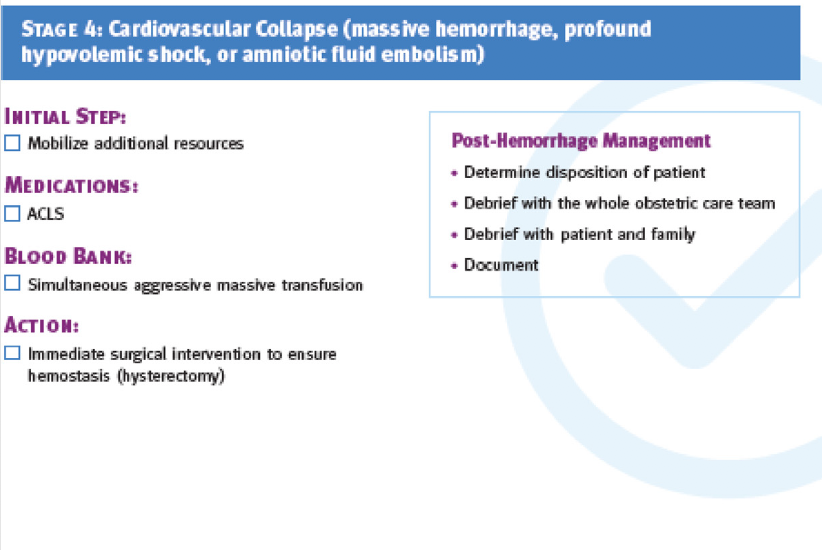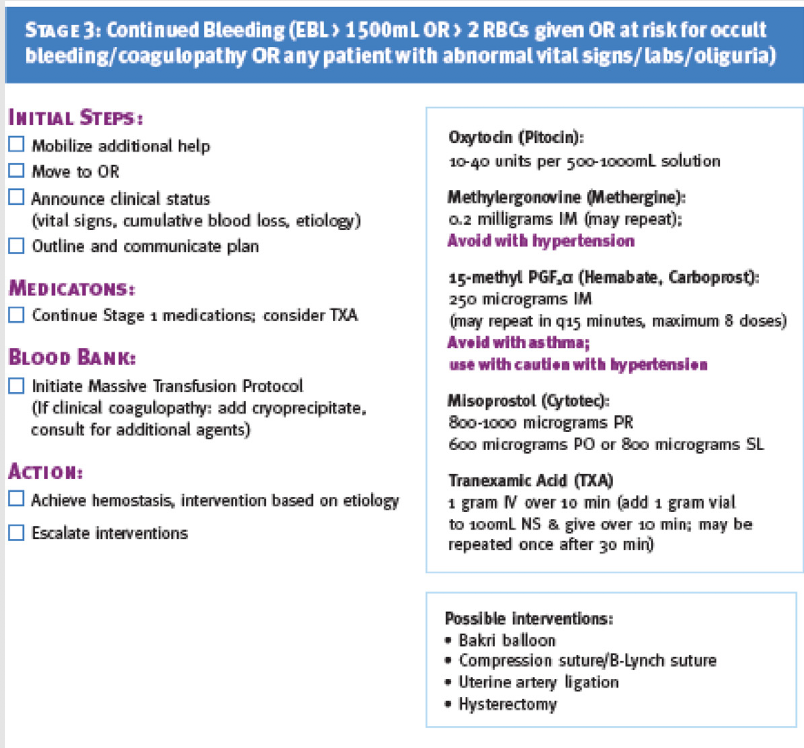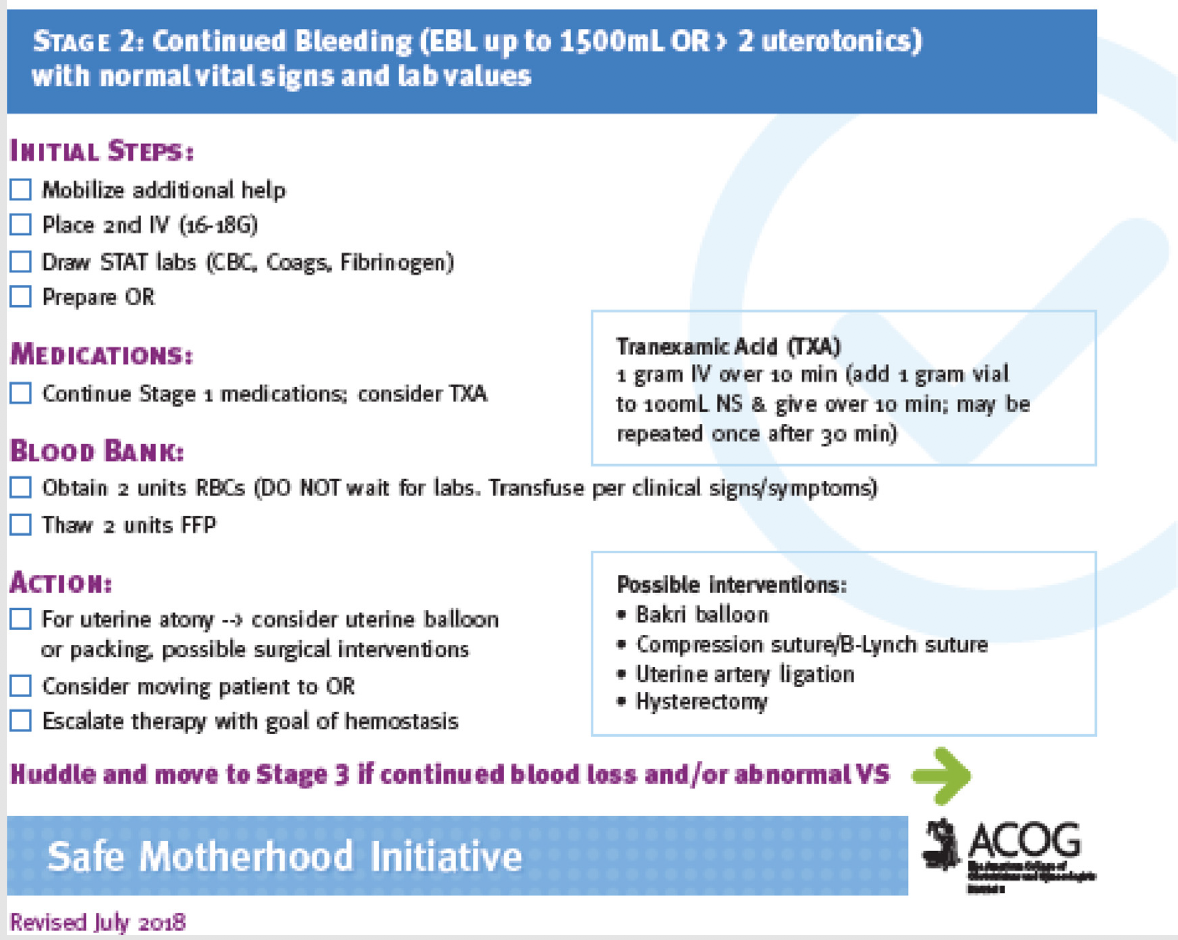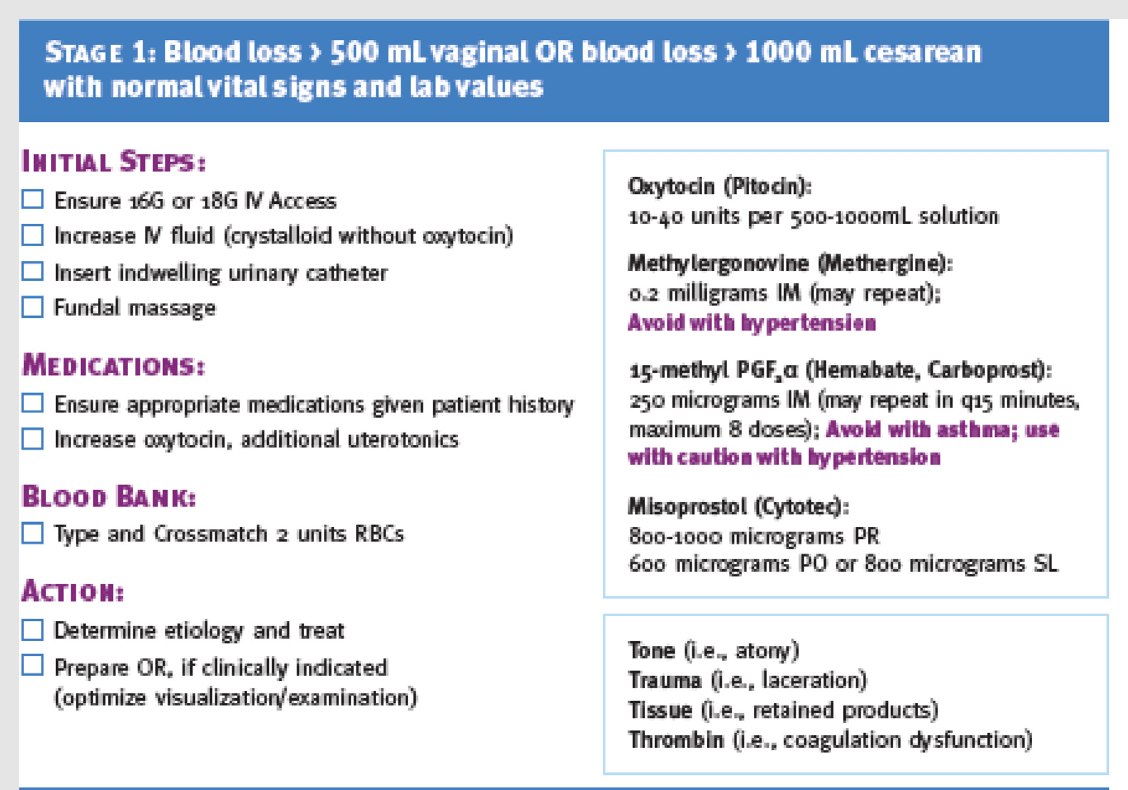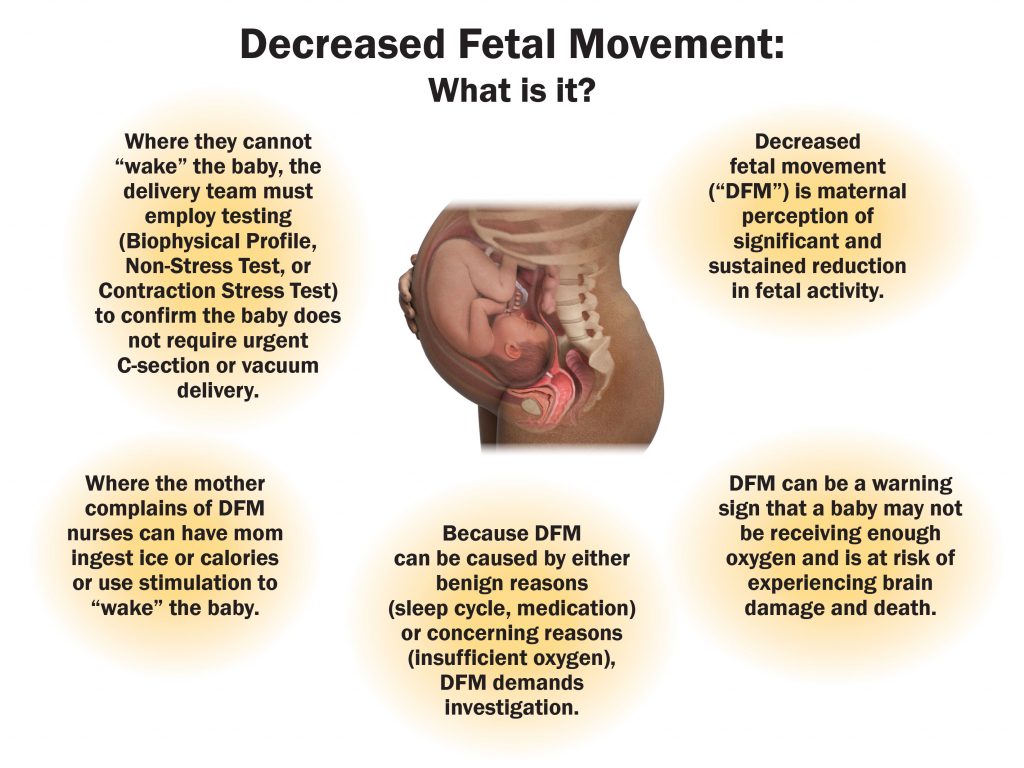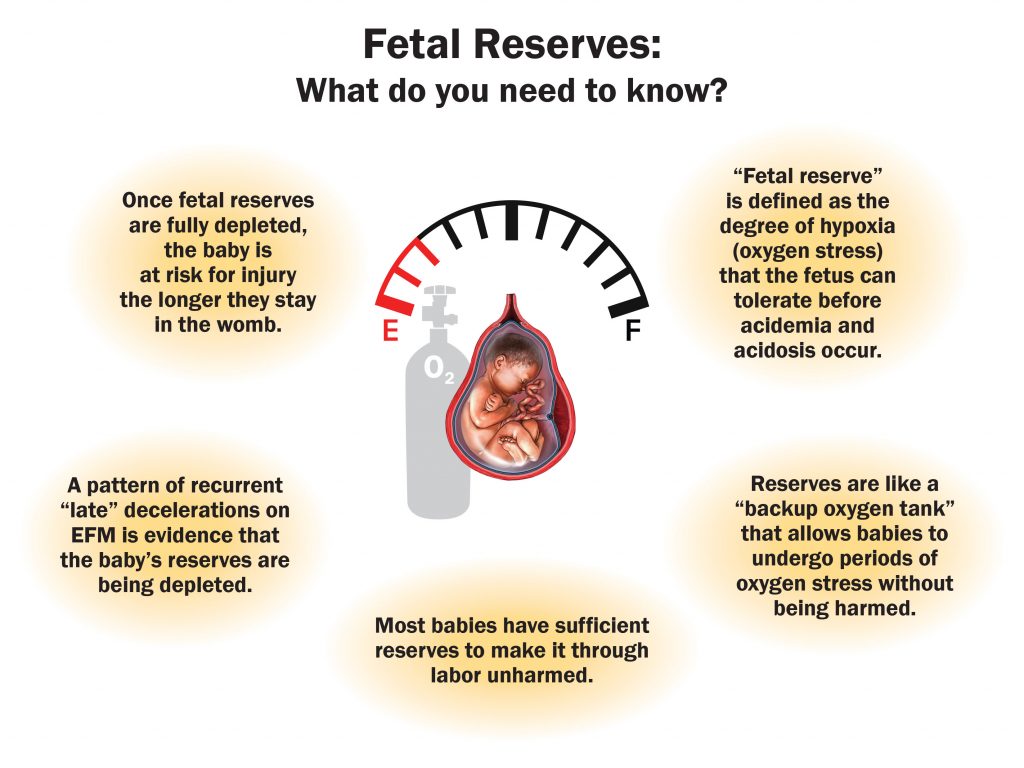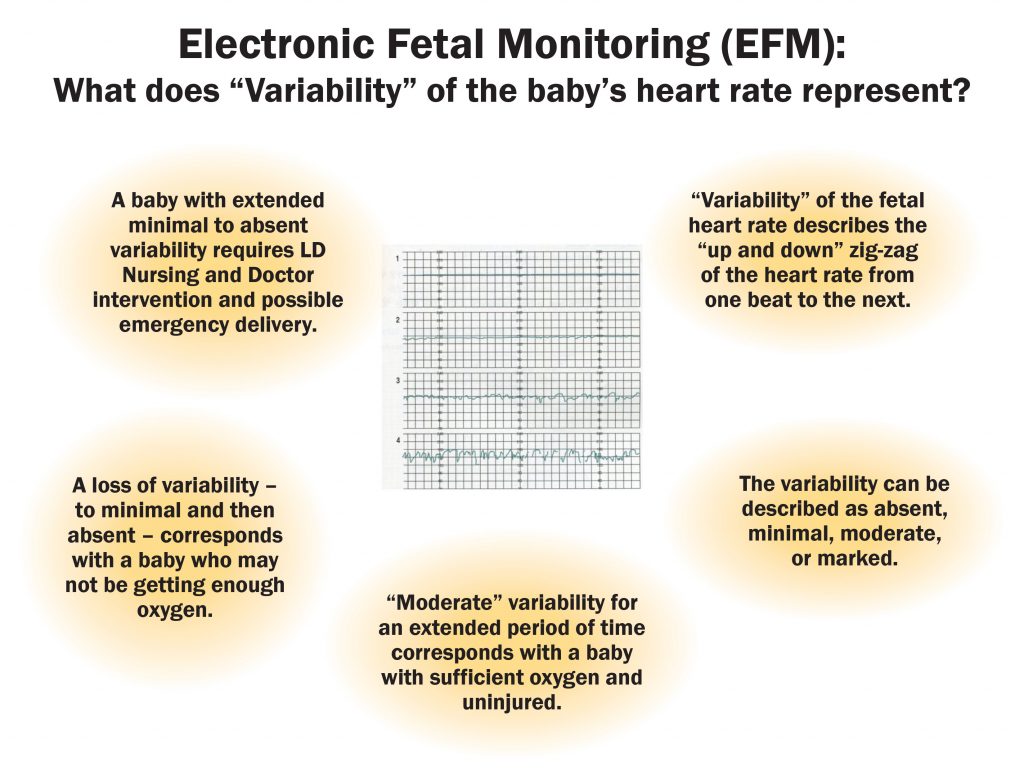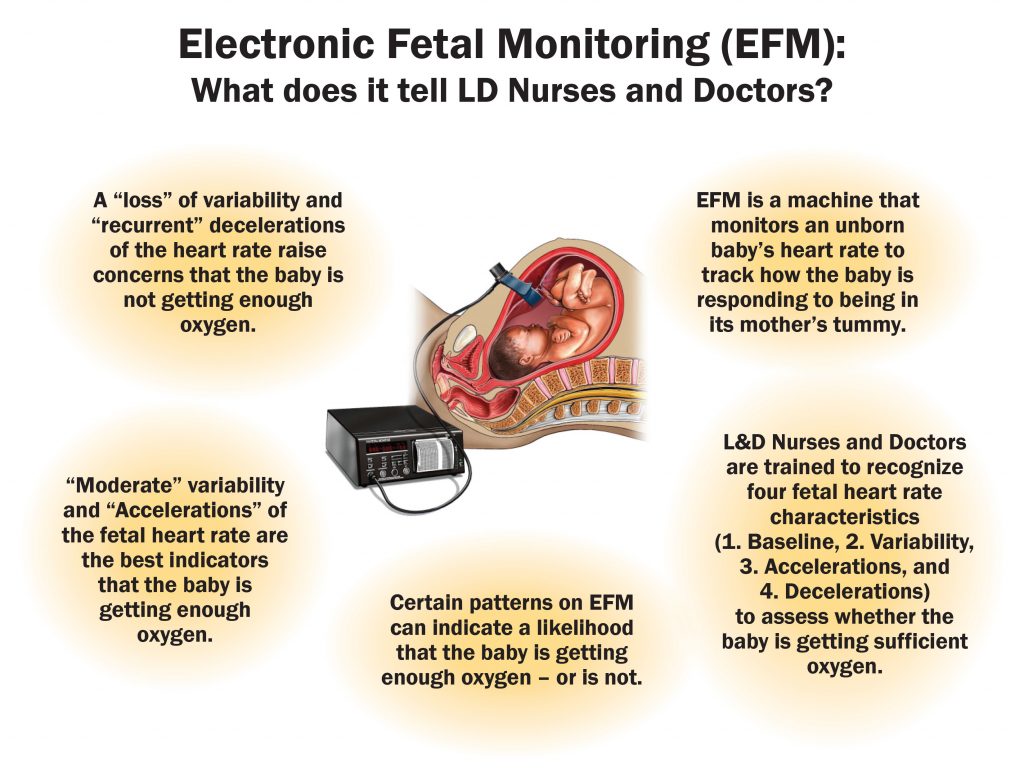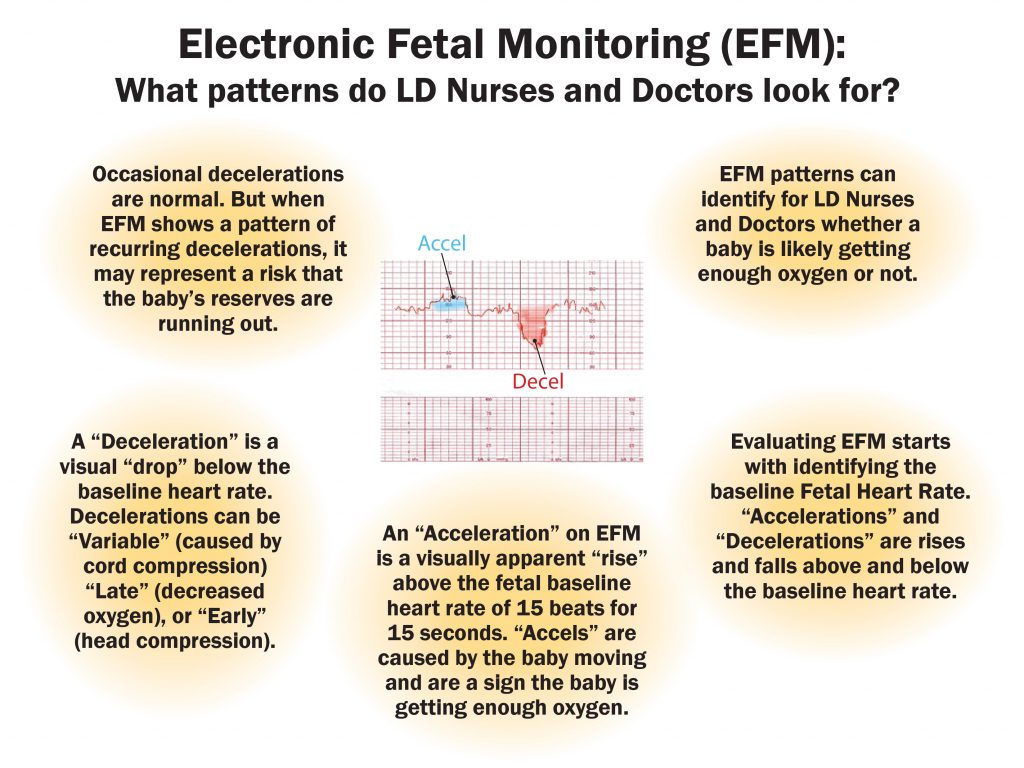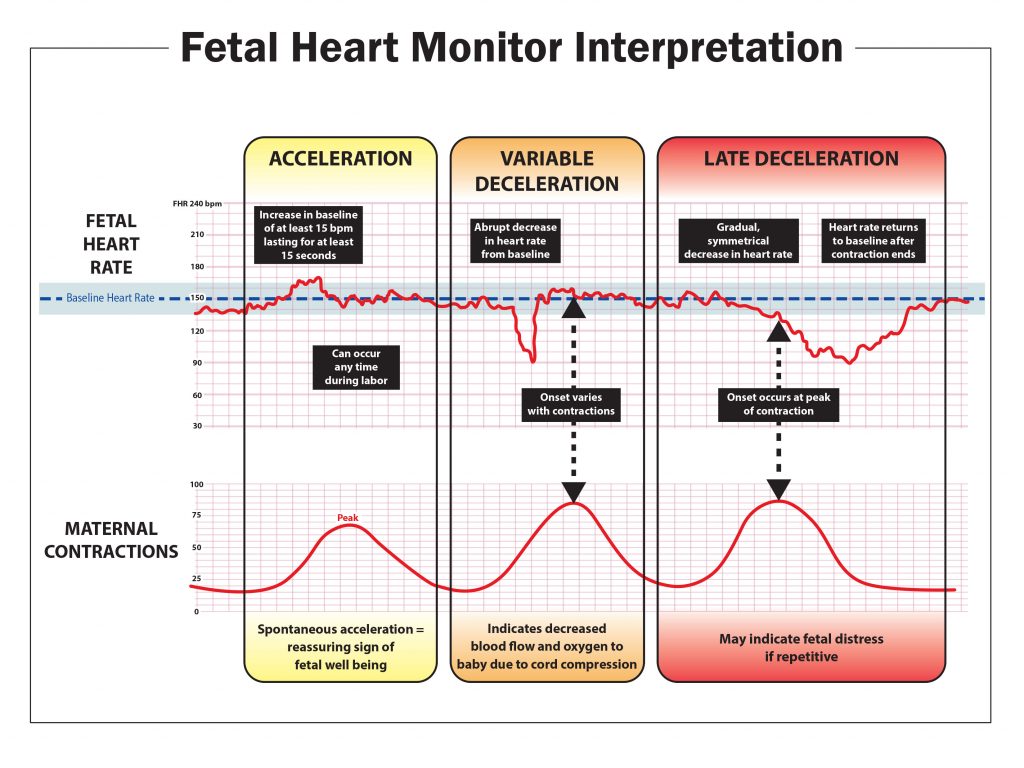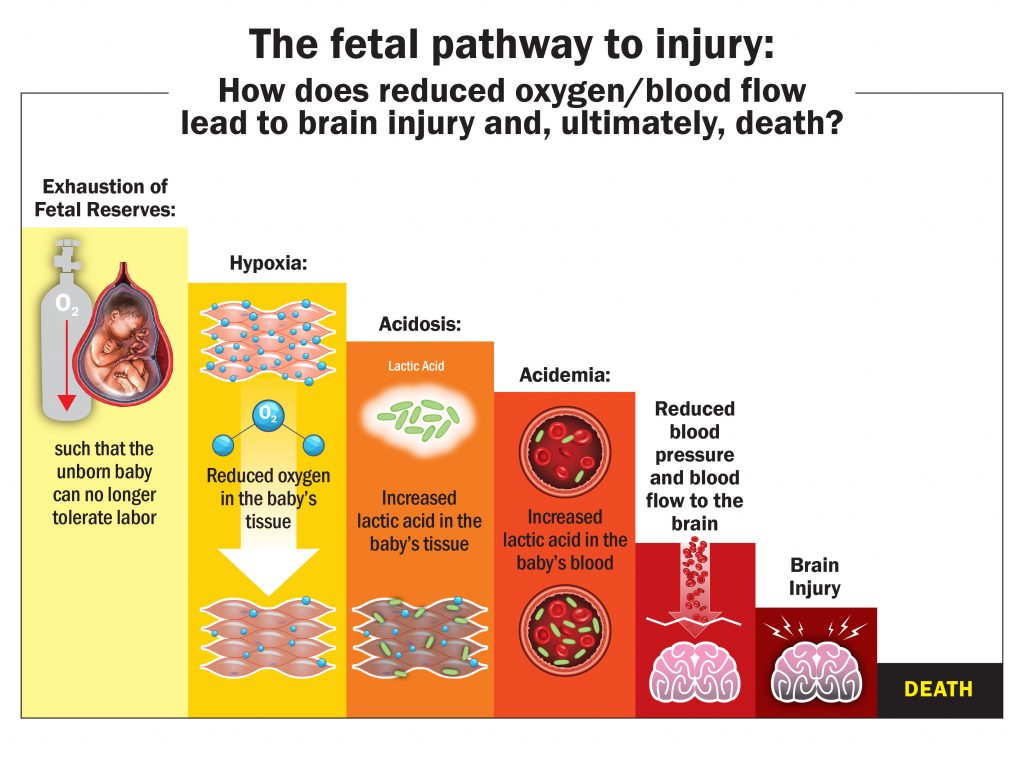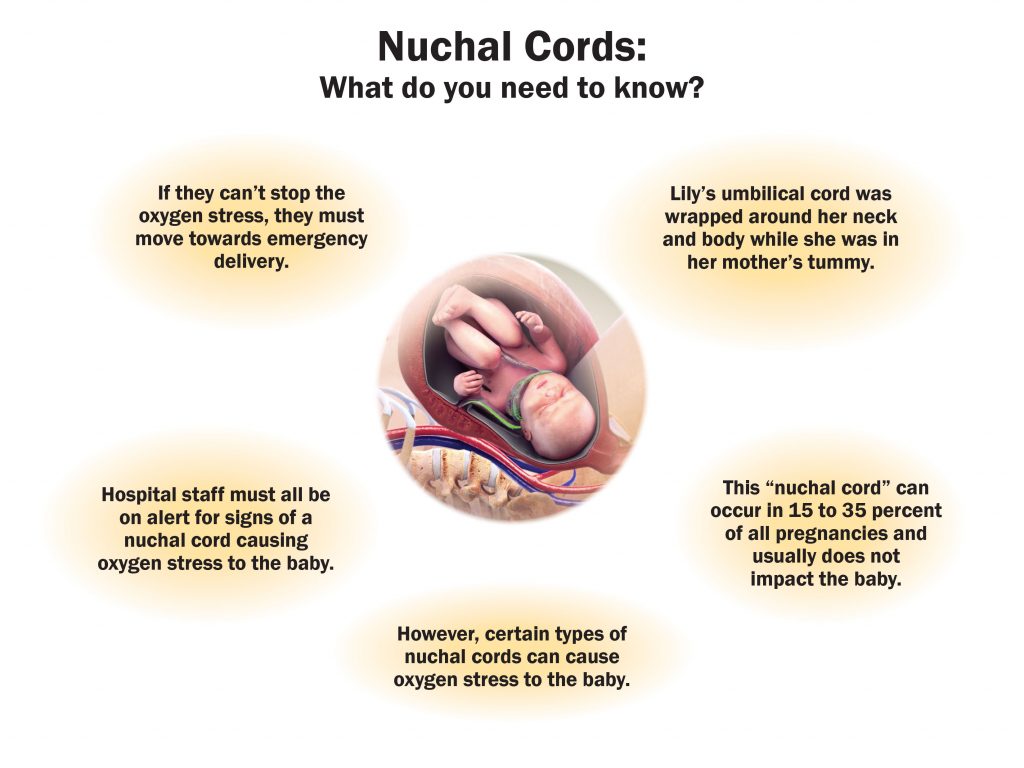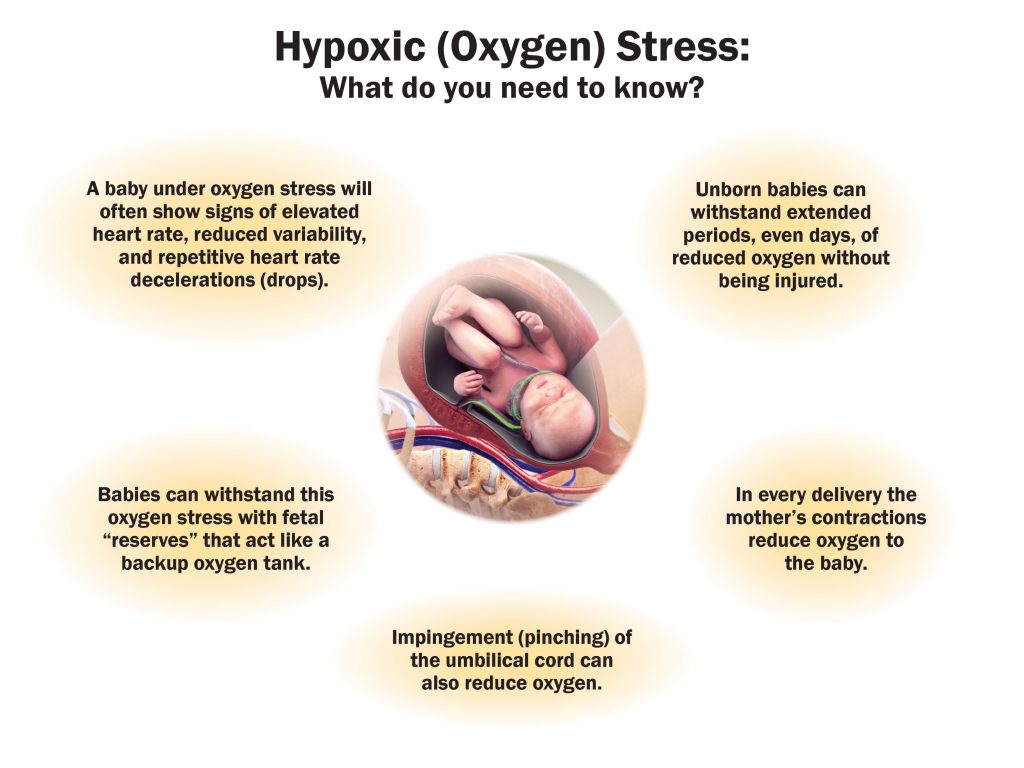Cerebral palsy (CP), a condition resulting from injuries to a child’s brain while in the womb or at birth, is often referred to simply as “cerebral palsy.” However, CP can be divided into various different types, according to the Centers for Disease Control and Prevention (CDC). There are four main types of CP, which we have mentioned in a prior post and discuss in more detail here: spastic cerebral palsy, dyskinetic cerebral palsy, ataxic cerebral palsy, and mixed cerebral palsy. In this post, we will discuss the first two types: spastic cerebral palsy and dyskinetic cerebral palsy.
Spastic Cerebral Palsy
Spastic cerebral palsy is the most common type of CP, affecting approximately 80% of those with cerebral palsy, according to the CDC. Spastic CP is characterized by stiff muscles and consequentially stiff or awkward movements. This is caused by increased muscle tone, deep tendon reflexes, impaired motor coordination, and muscle weakness. According to MedicineNet, those with spastic CP may try to overcome the stiffness with force, but the force can “[give] way completely and suddenly.”
People with spastic CP may experience it in just one part of their body or in their entire body; as a result, spastic CP is split into subcategories. When the muscle stiffness occurs mostly in the legs, it is called “spastic diplegia/diparesis.” Spastic diplegia can usually cause difficulty walking due to tightness of hip and leg muscles. When it occurs in just one side of a person’s body (affecting the arm more so than the leg), the condition is categorized as “spastic hemiplegia/hemiparesis.” The severest form of spastic CP is spastic quadriplegia/quadriparesis, which affects virtually the entire body (all four limbs, the trunk, and the face). This form of CP is often accompanied by other developmental disabilities. Additionally, when the face is paralyzed, the child may have difficulty speaking, chewing, or making facial and eye movements.
Spastic CP can range from mild to severe, according to MedicineNet, resulting in very few limitations to virtual impossibility of the use of one’s limbs. Medication is available to relax muscle tone, which can reduce the painfulness that results from spasticity.
Dyskinetic Cerebral Palsy
Dyskinetic cerebral palsy involves issues controlling the movement of hands, arms, feet, and legs, which makes sitting and walking difficult. Dyskinetic CP is thus characterized by uncontrollable movements, which can be both slow or rapid and jerky. This is because muscle tone in those with dyskinetic CP can change throughout the day, ranging from too tight to too loose.
If your loved one suffers from cerebral palsy, call us for help. We will talk to you and review your case for free. The Tyrone Law Firm specializes in representing those who have suffered a devastating injury, such as birth injuries or traumatic brain injury resulting from the negligence of another. Our personal injury firm here in Atlanta has a very successful record of trying such cases.
Nelson Tyrone handles Brain Injury, Spine Injury and RSD/CRPS cases throughout the United States. He involves only the top medical, rehabilitation and life-care plan experts in the field. His results on behalf of clients include several of the largest settlements and verdicts on record.
You can reach us at 404-377-0017 or via email at admin@tyronelaw.com. If we can’t help you, we will do our best to put you into the hands of lawyers who can.
Additional Resources
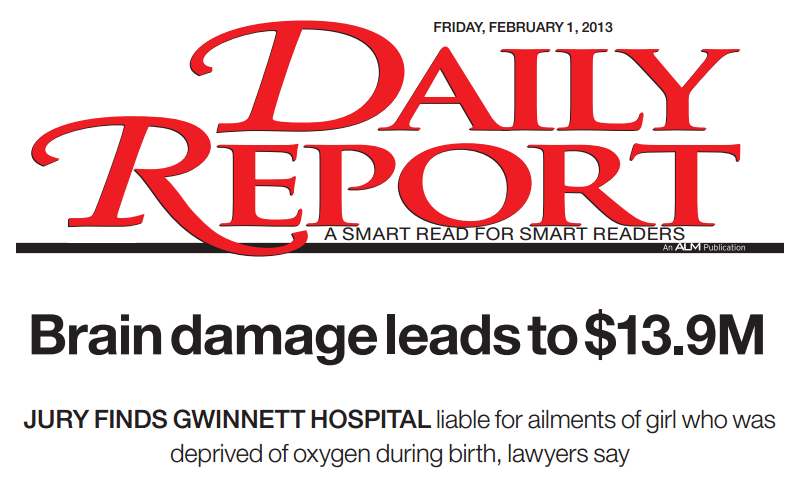



 Hayley serves as a Labor and Delivery Nurse Consultant for the Tyrone Law Firm. She attended and graduated Cum Laude from the University of Georgia in 2004 with a Bachelor of Arts degree in Journalism/Public Relations. After graduation she moved to the gulf coast where she pursued a career in real estate and development.
Hayley serves as a Labor and Delivery Nurse Consultant for the Tyrone Law Firm. She attended and graduated Cum Laude from the University of Georgia in 2004 with a Bachelor of Arts degree in Journalism/Public Relations. After graduation she moved to the gulf coast where she pursued a career in real estate and development.
